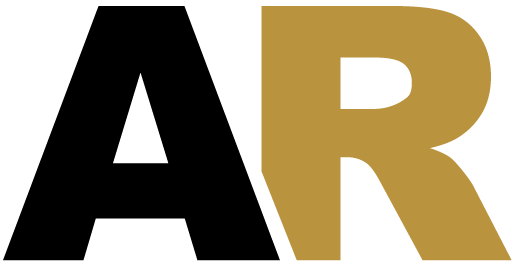It is becoming increasing difficult for companies to hire and retain quality employees. This problem is not new, affects all companies regardless of industry or trade, and isn’t getting better.
Paradoxically, while companies have difficulty finding good employees, it’s hard for an individual to find a good job.
Companies understand the “war for talent” is won, first and foremost, by being a good place to work. One of the ways companies can differentiate themselves is by using their employee benefits program as a tool to help attract top personnel. An hourly fringe program can help companies stand out so top superintendents, foremen, operators, and craftsmen want to work for you.
The Compensation Discussion
Fringe benefits, when communicated clearly and made part of the overall compensation discussion, allow companies to demonstrate why what they offer is superior to another company.
With an hourly fringe program, fringe benefits are “earned by doing” instead of “awarded by being”. By paying or accruing fringes by the hour, fringes are earned in the same way wages are earned. This gives tremendous flexibility to the employer in rewarding top performers.
Fringes by the Hour
For instance, health insurance is typically offered as a “take it or leave it” with few plan options. To use an employee benefits program as a recruiting and retention tool, allow an employee to earn insurance benefits to pay for health insurance premiums on dependents so payroll deductions may be reduced. With health insurance costs only going up, this is of great value.
Design the company Paid Time Off program so employees who work the most earn the most.
Within the company 401(k) plan, allow an employee to earn a plan contribution without having to make a contribution for everyone. Use the company’s retirement plan to reward those who deserve it.
An hourly fringe program allows companies to structure a benefits package to incentivize and reward the employees the company wants to attract and retain. Through clear communication and tangible documentation, employees can see and understand the benefits offered and how additional benefits can be earned.
By being a good place to work and taking care of the good employees, the voices attempting to lure top personnel elsewhere are given no consideration. The good employee knows a good job is hard to find.





